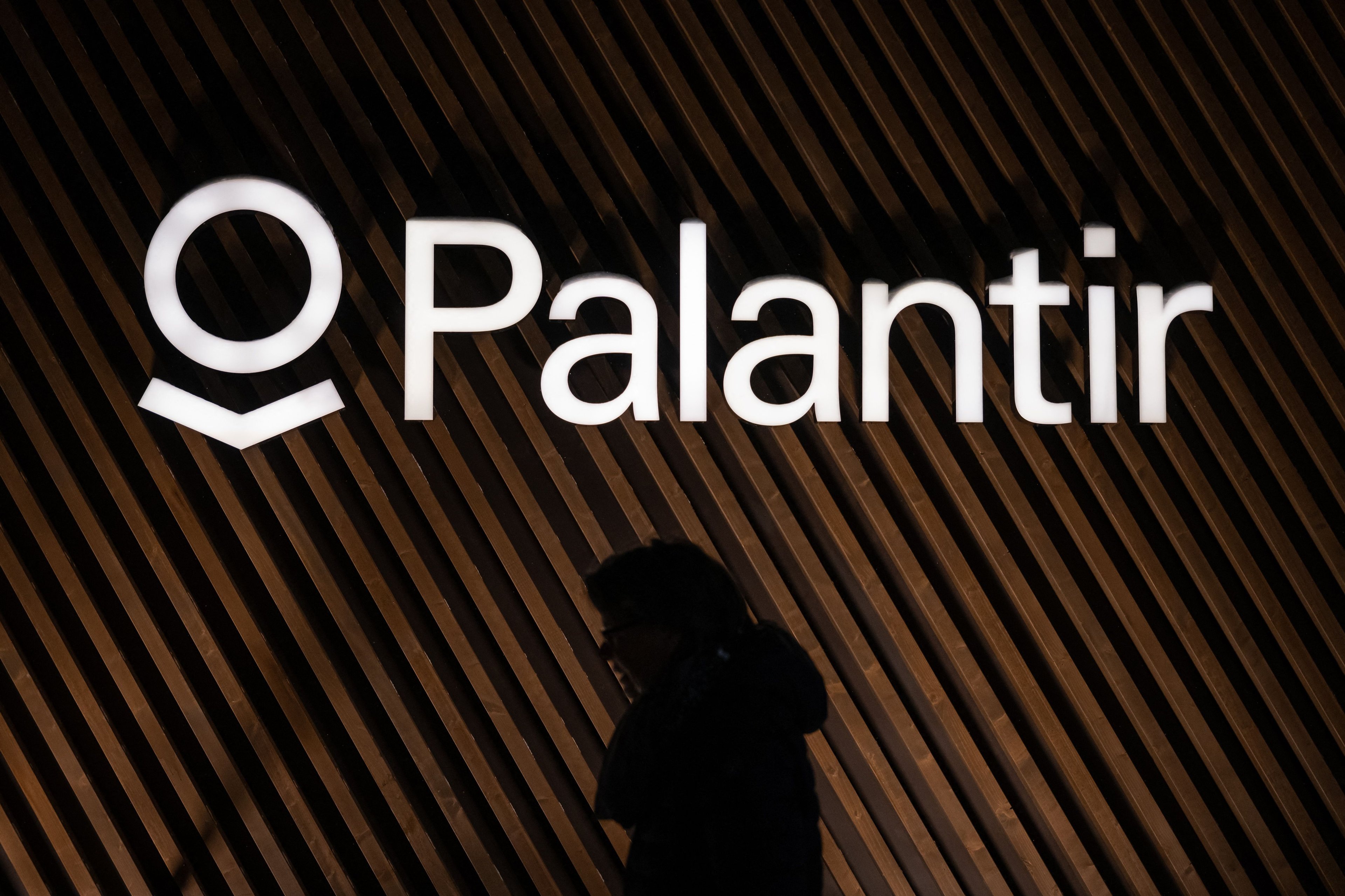Artificial intelligence (AI) has been the driving force behind the stock market's gains since the release of ChatGPT in November 2022.
Few companies have benefited more from the advancements and excitement around generative AI than Palantir Technologies (PLTR 0.21%). Palantir's financial results have been fantastic as it expands its customer base and use cases within enterprises. Those results were boosted by Palantir's Artificial Intelligence Platform (AIP), which makes it easy to glean new insights from big data sets. As a result, the company's stock has climbed 1,630% since December 2022 and sports a market cap of over $300 billion, as of this writing. Palantir is now one of the most valuable companies in the world.
But a couple of other AI innovators could overtake it within the next year. Here are two AI stocks I think will be worth more than Palantir in the near future.

Image source: Getty Images.
The biggest challenge for Palantir stock
As mentioned, Palantir has produced excellent financial results. Its AIP makes it easier for nontechnical users to take advantage of its core software, which helps businesses and governments make decisions and gain insights based on large, often disparate datasets. As a result, more businesses can use Palantir, and more people and departments within each business can use it.
That's led to strong revenue growth over the last few years. Revenue grew 39% year over year in the first quarter. Moreover, as a software company, Palantir's able to produce tremendous operating leverage, since the marginal cost of taking on another customer is minimal.
As a result, operating margin expanded to 44% last quarter. Management expects to produce that level of profitability for the full year as well.

NASDAQ: PLTR
Key Data Points
There's no doubt Palantir's producing excellent operating results. The challenge for the stock is its valuation. Shares currently trade for more than 75 times management's outlook for 2025 revenue. Its enterprise value is 175 times analyst expectations for earnings before interest, taxes, depreciation, and amortization (EBITDA) over the next 12 months. Analysts put a median price target of $100 per share on Palantir, a 24% drop from its current price. Only a handful rate the stock "overweight" or "buy." To say that it's expensive may be an understatement.
Meanwhile, these two stocks look undervalued despite the potential for AI to help grow their businesses substantially over the next few years.
1. Salesforce
Salesforce (CRM 0.40%) is looking to take its dominant position in enterprise software solutions for sales and marketing, customer service, and data management, and help businesses harness the power of AI within those systems. Its solution is called Agentforce, which rolled out late last year. Agentforce allows businesses to use their data and systems to create AI agents that can make decisions and take actions without human intervention.
The company has signed around 8,000 Agentforce contracts as of the end of May. It's producing annual recurring revenue of around $100 million. When combined with its data management solutions, it's a $1 billion business just a few months after launching.
That said, it's still just a small part of Salesforce's overall business. Management expects sales to top $41 billion this year, with an operating margin of 34%. That's supported by stable subscription revenue from its core enterprise software offerings.

NYSE: CRM
Key Data Points
Despite strong earnings results and raising its full-year outlook last month, investors sent the stock price lower following its most recent earnings report. There could be a couple of reasons. Management announced the acquisition of Informatica for $8 billion, increasing execution risk for the business. If the acquisition doesn't meaningfully accelerate its data management business, investors could see it as a waste of money.
The other detail that came in below expectations was its remaining performance obligations. But strong uptake in Agentforce and management increasing its full-year guidance should offset the weakness there.
Salesforce stock currently trades for just 6 times management's revenue guidance. Its forward P/E ratio of just 23 looks very attractive. Analysts seem to agree, putting a median price target of $355 on the stock, a 35% upside from its price as of this writing. That could put the company's value well over $300 billion within a year.
2. Adobe
Adobe (ADBE 2.18%) has taken innovations in AI over the last few years and applied them to its own products across both its creative suite of software (Photoshop, Lightroom, Premiere Pro, etc.) and its marketing, analytics, and productivity software (Acrobat, e-signing, etc.). It touts its FireFly model as "commercial safe," meaning it was trained on stock images and data that users can freely publish to their own websites and other online accounts.
Adobe's AI integrations have helped it increase pricing for its software, but they also provide new opportunities to bring in customers. It integrated AI with Adobe Express, its online creative service, and it's seen an uptick in new customer accounts and conversion from free accounts to paid accounts. It also introduced GenStudio, which combines its creative and marketing software and allows users to create new ad campaigns and managing existing ones using natural language prompts.
Management says it ended the first quarter with $125 million in annual recurring revenue, directly attributable to AI services. It expects that number to double by year-end. But more impressive is the $3.5 billion in AI-influenced annual recurring revenue across its existing portfolio. That stems from increased retention rates and higher revenue per user. That's already a significant chunk of the businesses' $23 billion annual revenue, and it's growing quickly.

NASDAQ: ADBE
Key Data Points
Many investors see generative AI as a significant threat to Adobe's creative software. But Adobe is fully entrenched in the creative business, and there's a strong network effect and high switching costs involved with leaving the ecosystem. Understanding how to use Adobe's creative software is practically a requirement for any designer, photographer, or film editor. As Adobe continues to advance its own AI capabilities, it stands to strengthen its competitive moat.
Adobe stock trades for about 7 times management's estimate for 2025 revenue. Its forward P/E sits below 20. Meanwhile, management's outlook for the next three years suggests double-digit revenue growth while exhibiting operating leverage.
At its current price, the stock looks like a bargain. The median price target on Wall Street is $477.50, implying 19% upside from the stock price, as of this writing. I believe the upside could be even greater, based on strong earnings growth and multiple expansion, and the company could be worth closer to $250 billion within a year.





